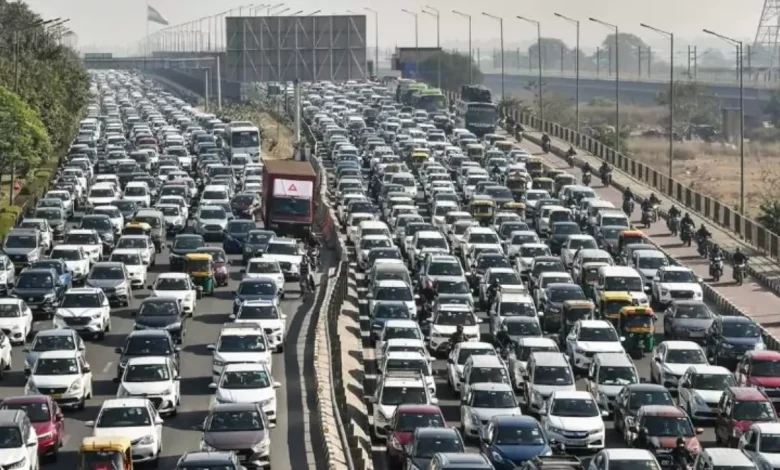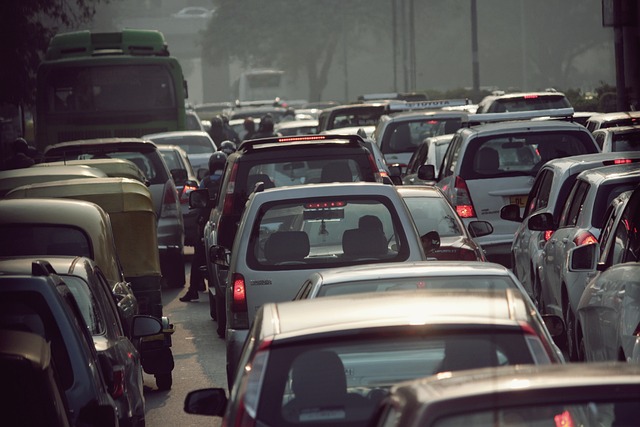Bengaluru plans for London-like congestion tax to be implemented
Municipal authorities have proposed a Congestion Tax on selected roads leading into Bengaluru to reduce traffic woes.

Stockholm have successfully imposed congestion taxes to mitigate similar issues and have witnessed considerable improvement.
Ah, Bengaluru! Known for its pleasant weather, verdant gardens, soaring tech parks, and let’s not forget – the traffic. If you’re someone who frequently commutes across this bustling city, traffic congestion is not a stranger to you. But what if there was a way that could help reduce this congestion?
In a recent report released on September 22 by Karnataka’s Planning Department in collaboration with industry lobby group Federation of Indian Chambers of Commerce and Industry, a suggestion was made to reduce terrific traffic congestions in Bengaluru. The report emphasised implementing a congestion tax on high-traffic roads during peak hours.
A congestion charge in the city could be aimed at reducing traffic congestion and improving journey times for buses, cars, and delivery vehicles,” claimed the report titled ‘Karnataka’s Decade – Roadmap to $1 Trillion Economy’. As per recent data, approximately 12 million vehicles enter Bengaluru daily, resulting in huge loss of resources, time and productivity.
According to the report, “As many as 12 million vehicles travel into Bengaluru everyday, and about 1.2 crore citizens waste 60 crore person-hours annually, along with nearly 2.8 lakh litres of fuel per hour, due to traffic jams.”
Potential Roads for Congestion Tax
The proposal to levy congestion tax is on nine significant roads leading to Bengaluru, which are frequently jammed during rush hours. Below mentioned are the high-density corridors:
- Bellari Road
- Tumukuru Road
- Magadi Road
- Mysuru Road
- Kanakapura Road
- Bannerghatta Road
- Hosur Road
- Old Madras Road
- Old Airport Road
Global Triumphs of Congestion Taxes
To further underscore the effectiveness of congestion taxes, let’s take a closer look at how other major cities around the world have successfully implemented similar measures:
- Singapore:
- Singapore’s Electronic Road Pricing (ERP) system, introduced in 1998, charges vehicles for using specific roads during peak hours.
- Result: A reduction in traffic congestion by up to 45%, improved public transport, and a notable decrease in carbon emissions.
- London:
- London introduced the Congestion Charge Zone in 2003, which charges vehicles for driving in the city center during certain hours.
- Result: Reduced traffic congestion, improved air quality, and funds generated are invested in public transport infrastructure.
- Stockholm:
- Stockholm implemented a congestion tax trial in 2006, which was later permanently adopted.
- Result: A 20% reduction in traffic volumes during peak hours, shorter commute times, and lower carbon emissions.

Impact of the Proposal
Implementing a congestion charge is not merely a revenue-generating tool, but it’s chiefly to make road-users conscious of the significant financial and environmental costs they impose on the city and each other, especially during peak hours. The accumulation from the congestion charge can be funneled towards improving other forms of public transport, in turn reducing congestion, time wastage, costs for commuters and businesses, and environmental pollution.
As per the report, “The money from the congestion charge can be spent on other forms of public transport. Reduction in congestion equals a reduction in time wasted and reduces costs for commuters and businesses.”
The report also proposed the establishment of three new metro corridors to ease the vehiclular burden on these roads, further reinforcing its commitment towards enhancing the city’s transport system.
The city’s economic loss due to traffic delays, congestion, signal stoppages, and time and fuel loss amounts to nearly ₹19,725 crore per year. Hence, these necessary steps could help to considerably reduce such losses and make city centres more attractive for pedestrians and cyclists, thereby improving the quality of life.
In line with global practices, cities like Singapore, London, and Stockholm have successfully imposed congestion taxes to mitigate similar issues and have witnessed considerable improvement.
The implementation of FASTag system since 2021, to collect the congestion tax has also been suggested for ease and convenience. The system seamlessly collects charges without impeding the flow of traffic, thereby improving the overall travel experience.
As stated in the report, “FASTag has been successfully deployed in the city since 2021, and it’s proposed that the same mode be used to collect congestion charges in the city for ease and convenience.”
Please, also have a look into : Bengaluru becomes home to Boeing India’s biggest facility outside the US



